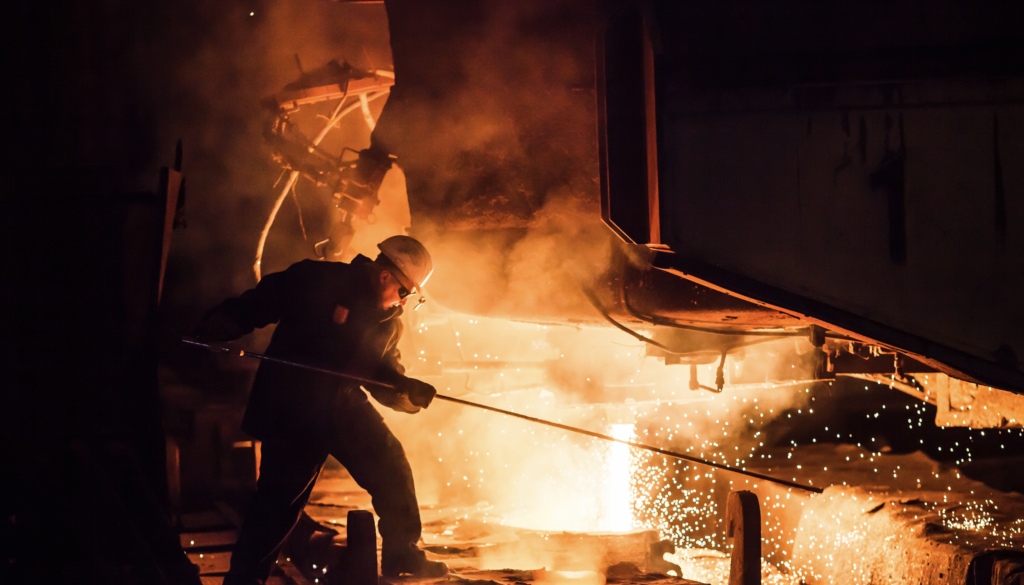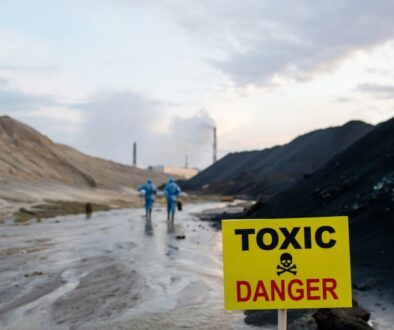Guest column: On the road to “net zero,” steel industry deserving of attention
 By Tony Guo and Julian Picard of Project Earth
By Tony Guo and Julian Picard of Project Earth
When discussing industry sectors critical to our clean energy transition, the steel industry is not typically top of mind, unless the conversation is about how we can use steel to build wind turbines, nuclear power plants, or solar roofs.
But steel manufacturing – for everything from our cars to our laundry machines – is the second-largest emitter of greenhouse gases. The steel industry directly accounts for about 2.6 billion tonnes of carbon dioxide (CO2) per year, roughly 7% of global CO2 emissions or 6% of global GHG emissions.
Why? Because the steel sector is currently the largest industrial consumer of coal; coal provides for more than 75 percent of the energy demand in steel manufacturing. In 2019, the steel industry used 900 million tonnes of coal, about 15 percent of the global demand.
It would be great if we could rely on the markets to guide themselves to a green future, but unfortunately, that is not the world in which we live. Pressure needs to be applied across the supply chain to ensure that net-zero emissions are achieved quickly.
Everyone is feeling the heat, including the two largest steel manufacturers- China Baowu Steel Group and ArcelorMittal. Both have committed to net-zero emissions by 2050 and others are pledging even more aggressive goals.
Steel buyers are also under pressure to commit to a sustainable future. SteelZero, an initiative by The Climate Group and Responsible Steel, two international non-profit organizations, is gathering commitments to procure 100% net-zero steel by 2050.
Left to their own devices, steel companies are unlikely to invest in technology that could slash toxic emissions and greenhouse gases. Decades of industrial inaction show that waiting for an altruistic business to voluntarily gamble millions of dollars on uncertain technology simply won’t happen. Instead, the best way to spur development of “green” steel with a reduced environmental footprint may be government regulation, incentives, or both.
It’s currently a tricky time for U.S. steel producers, who are beset by supply chain problems and soaring costs. But we can’t wait to encourage the industry to pursue the novel technologies that could make them leaders in cutting pollution that is creating harmful climate change.
Reducing or removing carbon emissions from steel production requires solutions that accomplish at least one of three things:
- Reduce steel demand
- Reduce or remove fossil fuels in the redox reaction in ironmaking
- Capture, store, and re-use carbon
Government contracts can present a strong motivation for steelmakers to transition to cleaner processes by setting emission thresholds for their suppliers and/or offering higher prices for “clean” steel. Governments can apply policies that prevent high-emission facilities from being built.
Consumers do not have the same purchasing power as governments and corporations but can still influence downstream products such as vehicles. Policymakers can support ethical shopping by instituting additional emissions transparency and limitations regulations.
Funding for start-up looking to disrupt the status quo in steel manufacturing is needed. Governments and private enterprises can support disruptors by increasing the supply of capital, developing manufacturing innovation ecosystems and sponsoring projects.
Technologies like hydrogen-based direct reduced iron, direct iron ore electrolysis, and hydrogen plasma have the chance to revolutionize the way steel is made. We must continue to provide financial, government, and media support for these solutions if they are to become the norm someday.
The way forward is to acknowledge that short-term fixes won’t get us to net-zero, but longer-term innovations can help meet the 2050 target. Those innovations will require a mix of government incentives and regulations to make green steel viable.
You can read more about our deep dive into the steel sector and its relationship to the health of our planet at Project Earth.
Project Earth is a Substack dedicated to demystifying the roadmap to achieving net-zero greenhouse gas emissions by 2050. We examine pollution sources, solutions and implementation. Project Earth’s creators are Tony Guo and Julian Picard.
(Opinion columns published in The New Lede represent the views of the individual(s) authoring the columns and not necessarily the perspectives of EWG or TNL editors.)
 EWG
EWG


